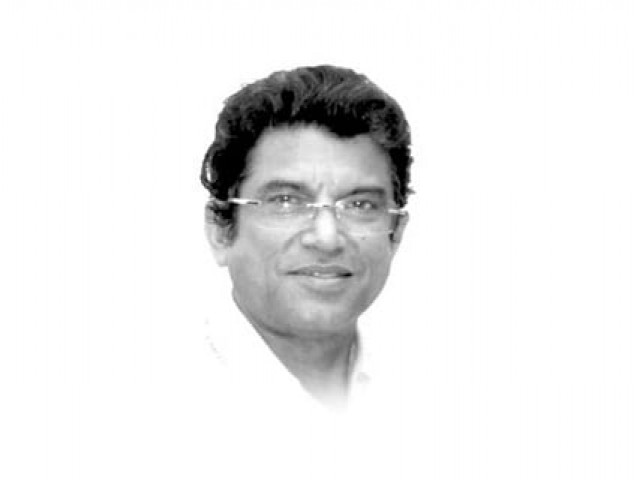Explaining Fazal Saeed’s ‘defection’ in Kurram
Fazal Saeed Haqqani's defection from the TTP means only the Mehsud and Taliban from Orakzai and Darra inhabhit Kurram.

Explaining Fazal Saeed’s ‘defection’ in Kurram
In April, November and December 2007, Kurram Agency witnessed the worst-ever sectarian clashes and hundreds were killed. The main road linking Parachinar with Thall in Hangu in the settled area has remained closed for almost four years. Locals of Upper Kurram have to travel via Afghanistan if they want to go to Peshawar or any other parts of the country.
In July-August 2008, sectarian clashes again erupted. The Taliban forces of Hakeemullah, from South Waziristan, Orakzai and Darra entered Kurram and fought against the Shias. In these clashes, besides Shia casualties, more than 60 Taliban were killed. A grand jirga, with representatives from all the tribal agencies, and the parliamentarian from Kurram, was constituted in 2008 and in October of that year, the so-called Murree Peace Accord was signed by all warring factions.
There were elements within and outside the agency, including Taliban, who never wanted this accord to be implemented. Hectic efforts by the jirga, MNA Munir Orakzai , other parliamentarians from the area and the political agent, led to acceptance of the terms of the accord, though not by Hakeemullah and the local Taliban. The Thall-Parachinar Road eventually reopened in February 2011. Hakeemullah demanded huge sums of money from Fazal Saeed Haqqani for the Taliban fund, and the latter expressed an inability to provide the money. On March 26, 2011, the Taliban attacked three vehicles heading from Peshawar to Parachinar and kidnapped 22 Shias, and the road was closed again. Hakeemullah wanted these prisoners to be handed over to him so that he could receive ransom money in exchange for their release, which Noor Mohammad, Fazal Saeed’s deputy, refused — he also killed eight of the hostages. Hakeemullah removed Fazal Saeed Haqqani from the command, Noor Muhammad was killed and a man by the name of Siraj Quraishi was made commander. In retaliation, Haqqani formed the Tehreek-i-Taliban Islami Pakistan and severed all contacts with the TTP.
Now the real hold in Central Kurram is of Hakeemullah, Tariq Afridi and the Taliban from Orakzai and Darra. Haqqani and his force have been marginalised. The army operation, initiated on July 4, is aimed at clearing the region of militants who have indulged in kidnapping and suicide attacks on security installations and forces, and to reopen the road to Parachinar that had been virtually cut off from the rest of the country. The operation in Central Kurram is likely to neutralise the resistance pockets of Taliban still operating in the Mamoozai area of Orakzai Agency. Had an operation been conducted in North Waziristan without securing Central Kurram, the foreign militants and the Pakistani Taliban in NWA would have shifted to this area and Orakzai.
Published in The Express Tribune, July 9th, 2011.














COMMENTS
Comments are moderated and generally will be posted if they are on-topic and not abusive.
For more information, please see our Comments FAQ